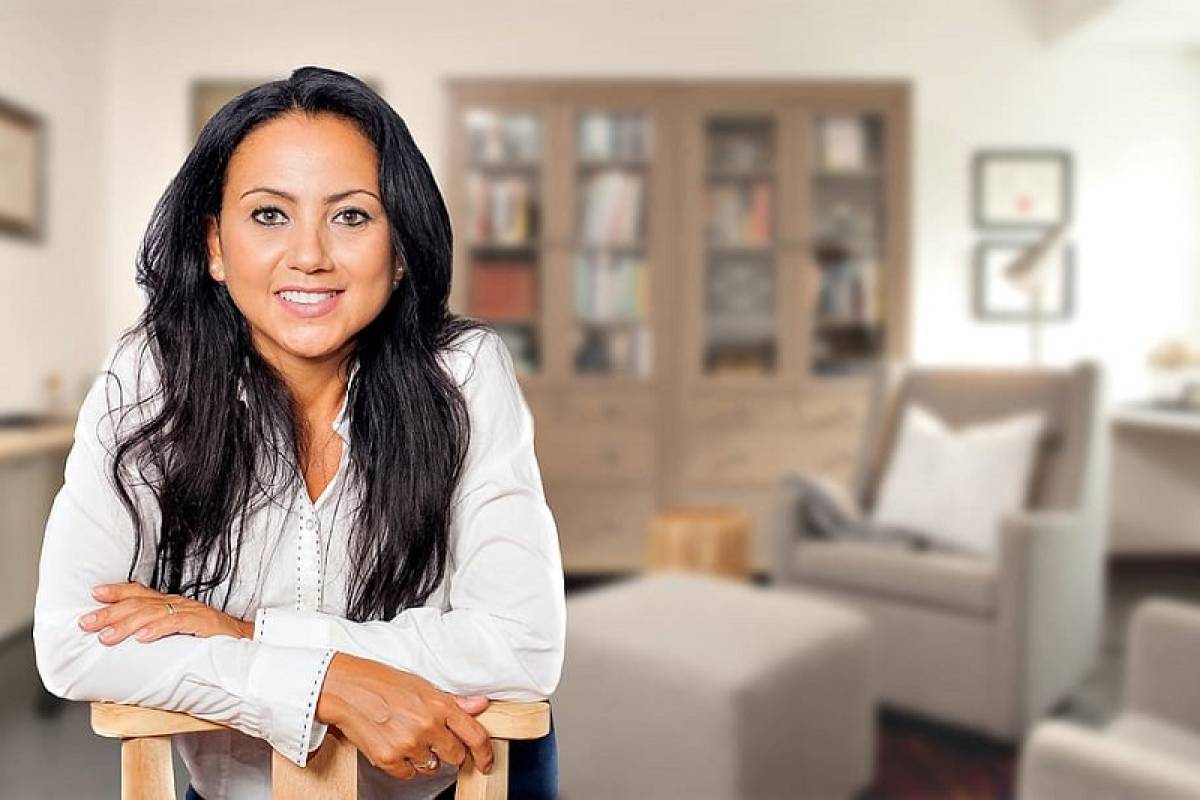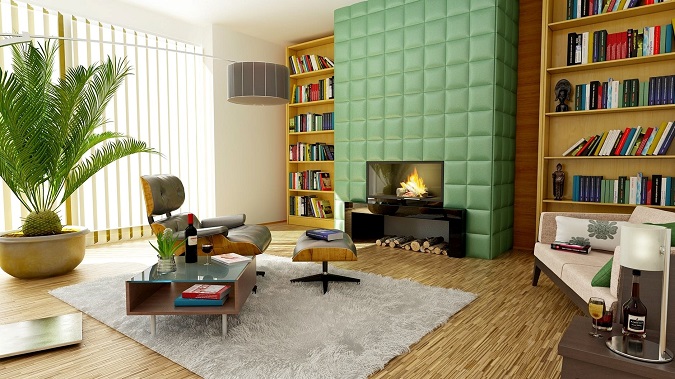Essential Elements of Interior Design You Should Know

When contemplating interior design, words such as creativity and flair immediately spring to mind, but most are surprised to get there's a degree of science implicated.
Professional interior designers will often stick to a set of informal "rules" based on specific home design principles and elements. These home design elements include forms, lineup, space, light, color, texture, and much more. Keeping them all balanced is the real secret to creating an aesthetically pleasing interior.
Moreover, organizing those elements to work together in harmony also brings an elevated functionality to any room, besides enhancing the look of a place.
Good interior design considers the room carefully following appropriate home design principles and elements, and then uses those principles to disguise or enhance the features and flaws of the space.

Here are essential elements any interior designer or interior design enthusiast should always consider for the production of beautiful and functional rooms:
1. Space
Space is among the essential elements of interior design. Space works as a foundation on which the entire design plan is assembled. Hence, the designer must be aware of its measurements, the space available, and its utilities.
Space is divided into two categories, namely: Two-Dimensional Space, which covers a floor (includes width and length), and three-dimensional space, which creates the living space (includes length, width, and elevation).
A space that's actually filled with items is a Positive Space, while a vacant space is referred to as Negative Space. A balance has to be maintained for the positive and negative spaces, and overcrowding or skimping of the items is going to influence this particular equilibrium.
2. Color
As is often the case, choosing colors is one of the most challenging decisions. Generally, professional decorators work with the "three-color" principle: just one neutral color and two accent colors (usually a particular single dark and the other light).
Some folks start with wall mounted color (if with paint or background), and then build on that (the concept being that walls provide the "backdrop" for your own room).
Other folks start with one bit of furniture (something large, such as a couch) and build on that (which makes it the most "centerpiece" of the room's decorating strategy).
Also, keep in mind that lighter colors will make a room seem larger and more relaxed, while darker colors tend to feel warmer and to shrink a space.
3. Texture
This element is loosely understood to be "the texture, appearance, or consistency of a surface." It can refer to smooth or rough endings, glossy or dull surfaces, and thick textiles. You’ll appreciate the importance of texture because it helps dictate how a room feels on first glance.
Surface aspects of furniture, fabrics and accessories bring textures to a space. Texture can be used to improve an area's existing features or provide added dimension into space.
For example, using dark, rough-textured fabrics on furniture (like velvet) will absorb light and can give a small room a dull or less intense look. Similarly, using smooth, bright, shiny finishes on furniture will reflect light off their surface and impart a reflective quality to the room.
Also, in a large, glowing room, rough textures may help balance an excess of natural light.
4. Line
Lines birth shapes and forms and are responsible for creating the appearance of stability, width, height, movement, and more. They behave as guides for the eye around the interior space.
Lines can be categorized into several kinds, including Horizontal, Vertical, and Dynamic. Horizontal lines can be seen on structures such as tables, beds, and chairs, while vertical lines are seen on windows, doors, and almirahs. Angular or Dynamic lines can be seen on structures like stairs.
Dynamic lines are action-focused. They tend to add spectacle add drama. Horizontal lines tend to add a safe and secure feel to space, while vertical lines add a free and expansive nature.
Lines are created by the architecture and furnishings of a room. As an interior designer, you must understand how to work with the various lines to bring out the look and feel of a room you want.
5. Light
Lighting is another one of the crucial and essential elements of interior design. Light sets the ambiance and mood. Without lighting (natural or humanmade), other factors, especially color, texture, and pattern, have no significance.
While the positioning of windows and doors should take care of natural lighting, it may require a little more thought to take care of artificial or human-made light.
Generally, artificial lighting is divided into three important types:
- Mood lighting or ambient lighting, which ultimately establishes the mood and illustrates the whole space.
- Task lighting, which describes light resources such as beds, tables, and desk lamps, which have a devoted objective for a particular “task.”
- Accent lighting, which is intended for emphasizing elements such as artwork.
As you might imaging, lighting plays a vital role in the success of any interior design project. Since it has many layers, lighting is regrettably often overlooked. Do not ignore lighting.
6. Positioning
The way to arrange furniture can sometimes be a challenge. It can be tough to envision precisely just how and where pieces will appear for the most appealing and functional state.
Save yourself the frustration and an aching back from endless furniture rearrangements by doing what the experts do: Create a template of the room and the pieces that you want to match. Think of traffic patterns throughout the area and play around with different positionings on paper. Try unique arrangements of furniture until you are satisfied with the outcome.
Soon you’ll reach the perfect positioning and combinations, and then you can position the actual furniture where they bring out the look and feel you are aiming for.
7. Form
The word ‘form’ is often used interchangeably with ‘shape’ in home design. It is closely related to line in that it could be employed to generate different feelings and effects in a room.
For example, a very long dining room table put in a rectangular room can create a feeling of harmony. Similarly, when you insert a series of round pendant fixtures above the dining table, you can create a beautiful contrast and a sense of balance and or harmony.
Be advised, though, that using lots of distinct forms in any one room could result in a confusing and disjointed design, which you want to avoid.
8. Windows
Window treatments merit careful consideration, too. Consider functionality: How much solitude and light would you like in the room? Would you like to block or see outside? Is the view you would like to see away from the window? All those are important things to consider.
Valence window treatments, for example, can boost your home's interior style. Using existing cloths and batting out of existing cornices can also transform aged valences.
You may even consider attaching a framed mirror to specific windows so it may be tilted slightly to show off stunning paint colors in the ceiling.
When working with windows, like all the other elements, your creativity is a valued asset.
Conclusion
By keeping these vital design elements in mind and letting them direct your interior decor plans, you will almost certainly be able to reach beautiful, functional and satisfying results.




















